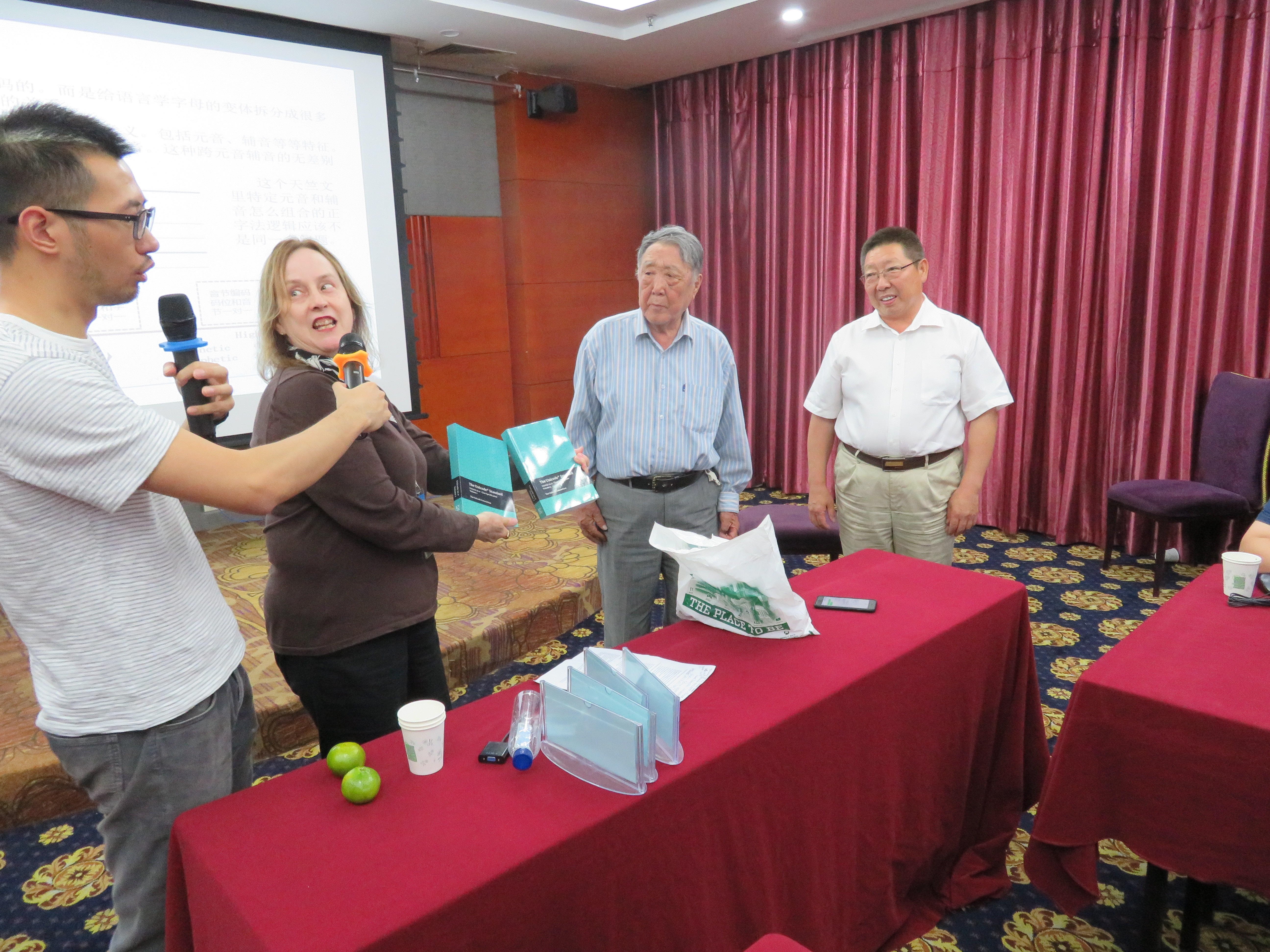|
Small Form Variants
Small Form Variants is a Unicode block containing small punctuation characters for compatibility with the Chinese National Standard CNS 11643 The CNS 11643 character set (Chinese National Standard 11643), also officially known as the Chinese Standard Interchange Code or CSIC ( zh, tr=, t=中文標準交換碼), is officially the standard character set of Taiwan (Republic of China). In .... Its block name in Unicode 1.0 was simply Small Variants. References {{reflist Unicode blocks ... [...More Info...] [...Related Items...] OR: [Wikipedia] [Google] [Baidu] |
Script (Unicode)
In Unicode, a script is a collection of letters and other written signs used to represent textual information in one or more writing systems. Some scripts support one and only one writing system and language, for example, Armenian. Other scripts support many different writing systems; for example, the Latin script supports English, French, German, Italian, Vietnamese, Latin itself, and several other languages. Some languages make use of multiple alternate writing systems and thus also use several scripts; for example, in Turkish, the Arabic script was used before the 20th century but transitioned to Latin in the early part of the 20th century. For a list of languages supported by each script, see the list of languages by writing system. More or less complementary to scripts are symbols and Unicode control characters. The unified diacritical characters and unified punctuation characters frequently have the "common" or "inherited" script property. However, the individual s ... [...More Info...] [...Related Items...] OR: [Wikipedia] [Google] [Baidu] |
CNS 11643
The CNS 11643 character set (Chinese National Standard 11643), also officially known as the Chinese Standard Interchange Code or CSIC ( zh, tr=, t=中文標準交換碼), is officially the standard character set of Taiwan (Republic of China). In practice, variants of the related Big5 character set are ''de facto'' standard. CNS 11643 is designed to conform to ISO 2022. It contains 16 planes, so the maximum possible number of encodable characters is 16×94×94 = 141376. Planes 1 through 7 are defined by the standard; since 2007, planes 10 through 15 have also been defined by the standard. Prior to this, planes 12 to 15 (35344 code points) were specifically designated for user-defined characters. Unlike CCCII, the encoding of variant characters in CNS 11643 is not related. EUC-TW is an encoded representation of CNS 11643 and ASCII in Extended Unix Code (EUC) form. Other encodings capable of representing certain CSIC planes include ISO-2022-CN (planes 1 and 2) and ISO-2022-CN- ... [...More Info...] [...Related Items...] OR: [Wikipedia] [Google] [Baidu] |
Unicode Block
A Unicode block is one of several contiguous ranges of numeric character codes (code points) of the Unicode character set that are defined by the Unicode Consortium for administrative and documentation purposes. Typically, proposals such as the addition of new glyphs are discussed and evaluated by considering the relevant block or blocks as a whole. Each block is generally, but not always, meant to supply glyphs used by one or more specific languages, or in some general application area such as mathematics, surveying, decorative typesetting, social forums, etc. Design and implementation Unicode blocks are identified by unique names, which use only ASCII characters and are usually descriptive of the nature of the symbols, in English; such as "Tibetan" or "Supplemental Arrows-A". (When comparing block names, one is supposed to equate uppercase with lowercase letters, and ignore any whitespace, hyphens, and underbars; so the last name is equivalent to "supplemental_arrows__a" a ... [...More Info...] [...Related Items...] OR: [Wikipedia] [Google] [Baidu] |
Unicode Consortium
The Unicode Consortium (legally Unicode, Inc.) is a 501(c)(3) non-profit organization incorporated and based in Mountain View, California. Its primary purpose is to maintain and publish the Unicode Standard which was developed with the intention of replacing existing character encoding schemes which are limited in size and scope, and are incompatible with multilingual environments. The consortium describes its overall purpose as: Unicode's success at unifying character sets has led to its widespread adoption in the internationalization and localization of software. The standard has been implemented in many technologies, including XML, the Java programming language, Swift, and modern operating systems. Voting members include computer software and hardware companies with an interest in text-processing standards, including Adobe, Apple, the Bangladesh Computer Council, Emojipedia, Facebook, Google, IBM, Microsoft, the Omani Ministry of Endowments and Religious Affairs, ... [...More Info...] [...Related Items...] OR: [Wikipedia] [Google] [Baidu] |
